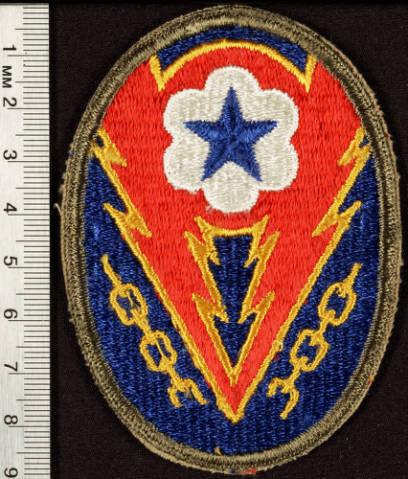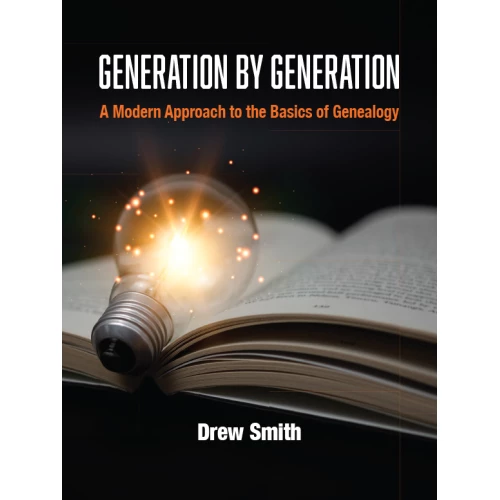After I join my ancestors, I don't want my family history to be forgotten or lost. That's why I've been sharing far and wide, knowing that
LOCKSS - lots of copies keep stuff safe.
In addition to documenting my family tree and hubby's family tree on multiple websites, I've made Find a Grave a big part of my LOCKSS plan. Membership in Find a Grave is free: register, create a member profile (you can list surnames you're researching, great cousin bait!), and get started.
Create memorials, link relatives, add bios
I'm steadily going through my trees and checking for Find a Grave memorials. I add a page for ancestors who have none, when I know where those people were buried (or cremated or memorialized on a cenotaph, like hubby's cousin here). Little by little, I'm also adding bite-sized bios, as shown on hubby's cousin's page.
If a memorial already exists, I link the memorial pages of ancestors who were related to each other. That way the memorial will show an ancestor's parents/spouse/children/sibling(s) as family context--and clues for other researchers. This also gives me a push to conduct a bit of research if I'm missing a date or a relationship.
Nearly all the memorial managers I've dealt with have approved my edits quickly and completely. The wonderful manager whose bio I show here holds a few ancestral memorials from my tree. He's posted all suggested edits within a day or two, and also made one transfer at my request. He is the ideal manager IMHO. I've heard so so many complaints about managers who won't transfer memorials, won't make edits, but rarely have I had a bad experience and I'm not easily deterred from my mission of
LOCKSS.
Once or twice I had to explain my edits to a memorial manager by showing documentation. For instance, when there was no headstone, I proved someone's name was wrong in the cemetery's index and the manager changed the page. This doesn't happen often, but I can understand a manager striving for accuracy might want to know "how I know."
On the other hand, I disagreed with an edit suggested by a researcher trying to be helpful. The edit suggested adding "Jr" to the ancestor's name because his father was "Sr." Um, the younger guy had a different middle name than his dad AND never in his life did he use the "Jr" suffix (lots of documentation on this guy). We had a polite exchange of messages when I rejected the proposed "Jr" change, explaining my reasoning and thanking the researcher for other edits I did approve.
Find a Grave index is widely available
Now back to
LOCKSS. At top is a screen shot of the Ancestry catalog entry for Find a Grave. This, this, is a big reason why I invest so much time in Find a Grave.
See how many millions upon millions of Find a Grave memorials are indexed and searchable on Ancestry?
Anyone researching an ancestor of mine via Ancestry is highly likely to see a link to the Find a Grave memorial page. They'll fill out their tree, and may even connect with me to share info (remember my Find a Grave profile shows surnames researched). My ancestors on multiple Ancestry trees--LOCKSS.
FamilySearch also makes the Find a Grave index available on its free website. Millions of people use FamilySearch--meaning any of them could potentially notice the Find a Grave memorial I created OR a link to a relative on Find a Grave. Quite a powerful incentive to add my ancestors to Find a Grave and improve existing memorial pages!
Is Find a Grave perfect? Of course not, and there are any number of legitimate concerns. But the many pluses make it an important part of my plan for LOCKSS, which is why I'm an active member.
"Membership" is Amy Johnson Crow's genealogy prompt for week 12 of #52Ancestors.

















